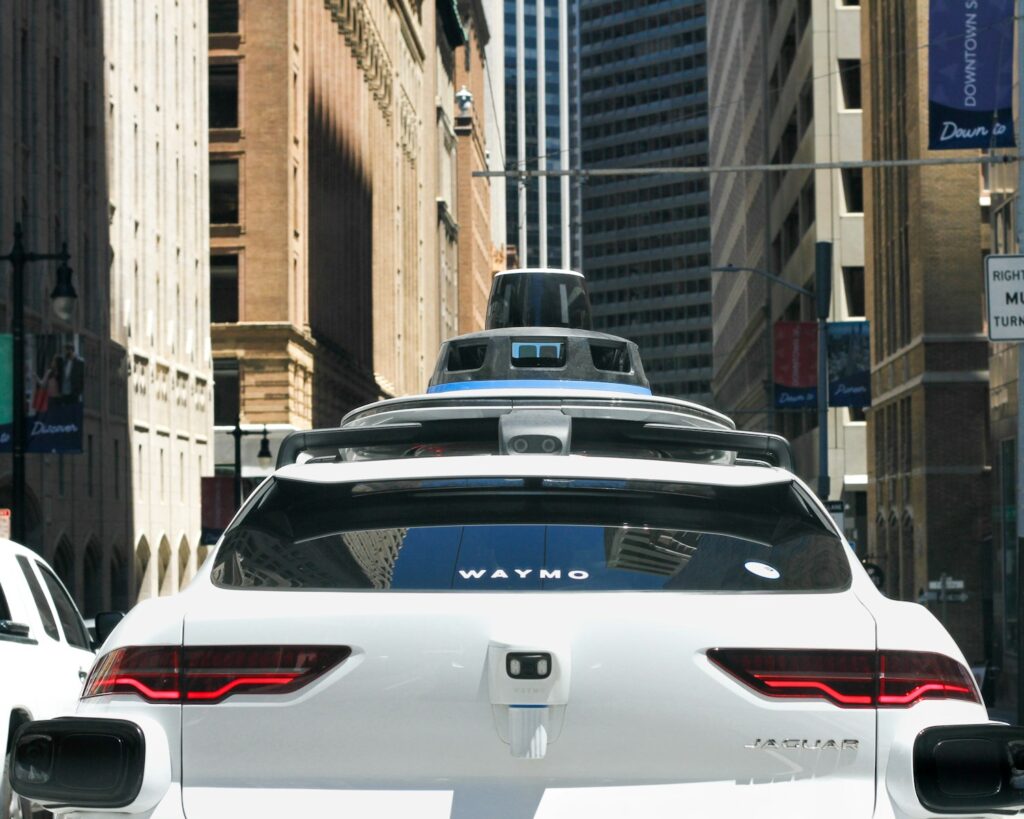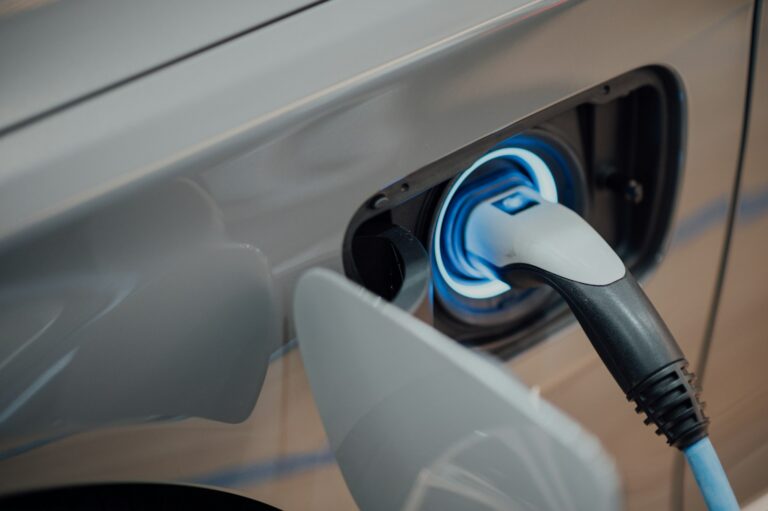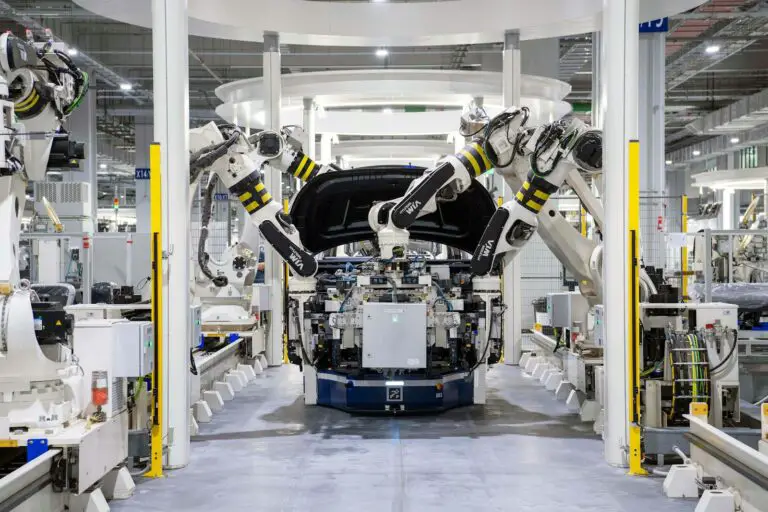LiDAR Lanes: Seeing the Road Ahead with Autonomous Vision
In the dynamic world of automotive technology, LiDAR (Light Detection and Ranging) stands as a keystone—the omniscient eye at the forefront of autonomous driving. By emitting laser pulses and interpreting their reflections, LiDAR systems create high-resolution 3D maps that enable vehicles to ‘see’ the road with unprecedented clarity.
This extensive guide is an exploratory deep-dive into LiDAR technology and its vital role in the autonomous vehicle (AV) landscape. We’ll unravel the intricacies of LiDAR, dissect its compelling benefits and challenges, and peer into its future applications. Enthusiasts and professionals alike in the tech and automotive sectors will find this a crucial resource in understanding the nuances and potential of LiDAR in shaping the future of mobility.

Understanding LiDAR Technology
LiDAR is a remote sensing technology that uses light in the form of a pulsed laser to measure variable distances. These precise laser measurements yield highly detailed 3D representations of the target environment, crucial for accurate and complex tasks such as autonomous driving.
How LiDAR Works
At its core, a LiDAR system consists of four primary components:
- Laser Emitter: The high-powered laser, typically a solid-state or fiber laser, emits pulses of light.
- Scanner and Optics: The emitted light is steered across the environment using rotating and oscillating mirrors to cover a wide area.
- Photodetector: This receives the light that is reflected back from objects in the environment.
- Time-of-Flight System: Measures the round-trip time of the light pulse to calculate distance.
Combined, these components provide an accurate, real-time view of the vehicle’s surroundings.
Benefits of LiDAR in Autonomous Driving
The incorporation of LiDAR in AVs comes with a multitude of advantages, revolutionizing the capability and safety of self-driving systems.
Enhanced Safety Features
LiDAR enables AVs to have a 360-degree view of their surroundings, drastically reducing the risk of blind spots and the occurrence of accidents that result from human error. Its ability to detect objects in low-light conditions and across a range of weather situations makes LiDAR a reliable safety complement to other sensing technologies.
Improved Navigation and Object Detection
Beyond mere object detection, LiDAR equips AVs with the capability to differentiate between different types of obstacles and predict their movements. This level of detail is essential for safe lane changing, complex intersections, and road sharing with non-autonomous vehicles.
Real-Time Data for Decision-Making
The high frequency at which LiDAR scans its environment—up to millions of points per second—provides AVs with a real-time assessment of the surroundings. With this dynamic data, autonomous systems can adjust their behavior instantaneously to respond to changing road conditions and other traffic participants.
Challenges and Limitations
While the benefits of LiDAR are substantial, its widespread adoption in AVs faces a set of impediments that need to be addressed.
Cost Implications
Historically, the cost of LiDAR units has been a barrier to entry for many automakers. However, ongoing research and development efforts are driving down costs, democratizing access to this critical technology.
Weather and Environmental Factors
Adverse weather, such as heavy rain or snow, can negatively impact the performance of LiDAR by scattering the laser beam and reducing its effective range. Innovations in both hardware and software are continuously being explored to mitigate these issues.
Technology Integration Challenges
Integrating LiDAR technology into vehicles at scale presents design and engineering challenges, including power consumption, size, and weight. Car manufacturers and LiDAR companies are collaborating to create more compact, efficient, and tailored solutions.

Future Applications and Innovations
The potential for LiDAR extends far beyond autonomous driving, with applications that could reshape various sectors and urban planning.
LiDAR Advancements in Autonomous Vehicles
The next frontier for LiDAR in AVs is the development of solid-state LiDAR, a technology that could eliminate mechanical parts such as rotating mirrors, reducing both size and cost while increasing reliability and versatility.
Potential Impact on Transportation and Smart Cities
In smart city environments, LiDAR could facilitate traffic management, optimize public transportation routes, and enhance urban planning by providing precise and real-time data on traffic patterns, pedestrian flow, and environmental parameters.
Case Studies
To contextualize LiDAR’s role in autonomous driving, we can examine real-world applications from industry leaders:
Alphabet’s Waymo
Waymo, the Google spinoff, has been a pioneer in AV technology, utilizing LiDAR to power their fleet of self-driving vehicles. With over 20 million miles driven autonomously, Waymo’s data highlights the efficacy of LiDAR in complex urban environments and on highways.
Volvo’s LiDAR-Equipped SUVs
Volvo has partnered with Luminar to integrate LiDAR into its vehicles, focusing on real-world safety enhancements across their fleet. Their initiative showcases the advancements in sensor technology and its positive impact on reducing road accidents.
San Francisco’s Smart City Project
San Francisco’s ambitious smart city project features LiDAR deployment for traffic management and public safety, anticipating the future role of LiDAR in creating efficient and livable urban spaces.
Conclusion
LiDAR technology represents a paradigm shift in autonomous driving, underpinning advancements that will redefine the safety, efficiency, and experience of transportation. While challenges remain, the tireless efforts of industry players and the promising trajectory of LiDAR innovations herald a bright future for self-driving technology and a safer road experience for all.







